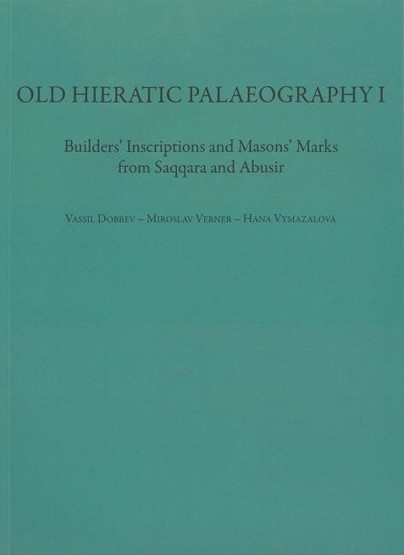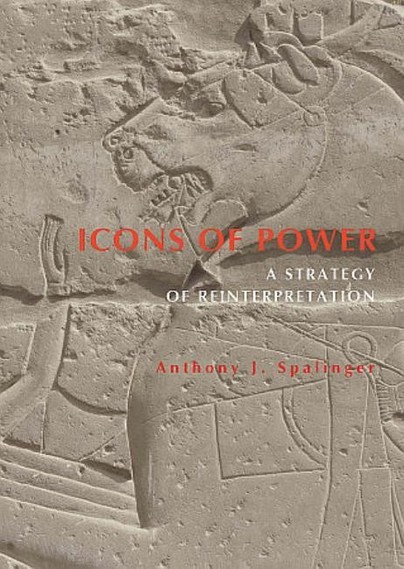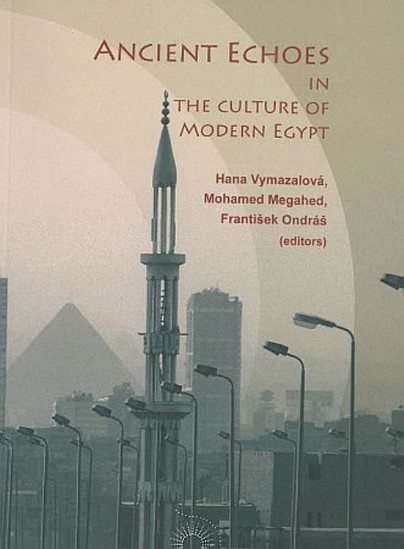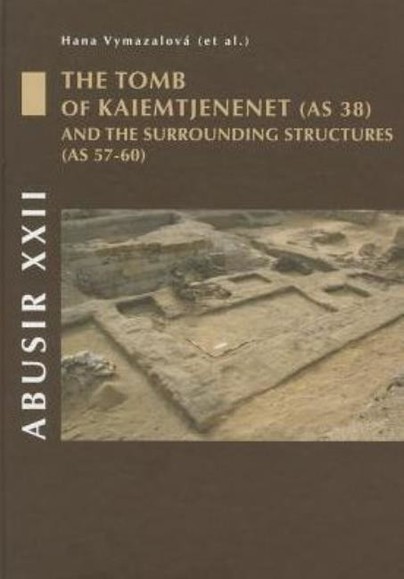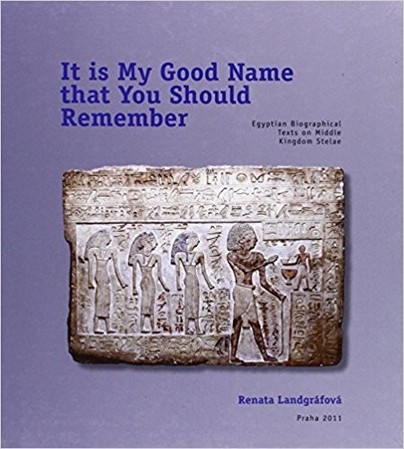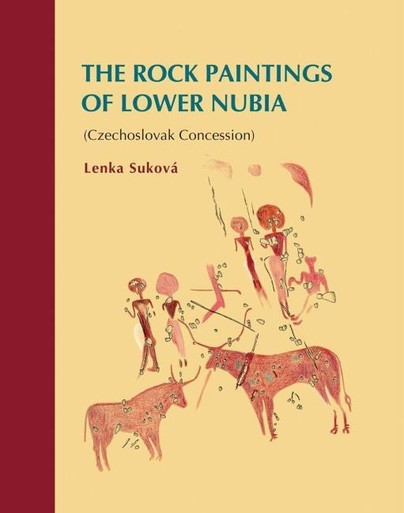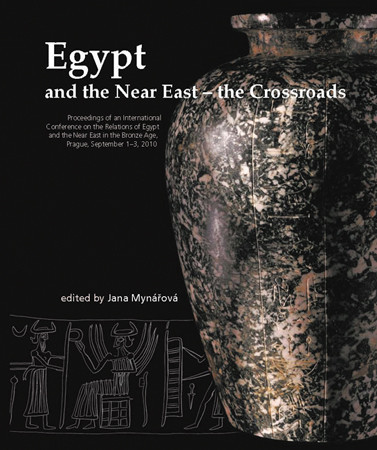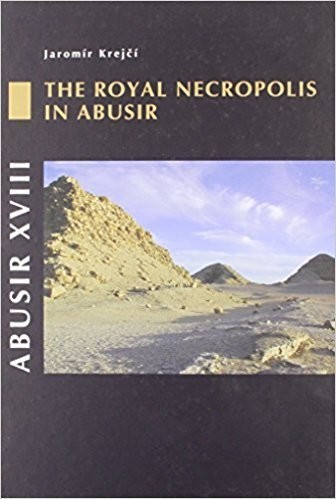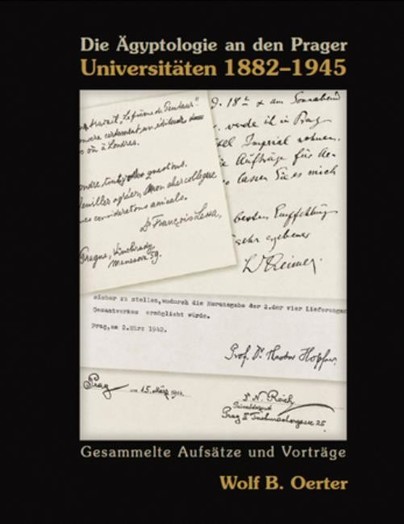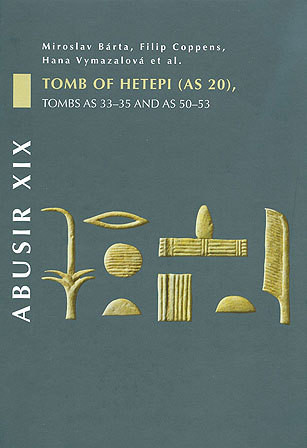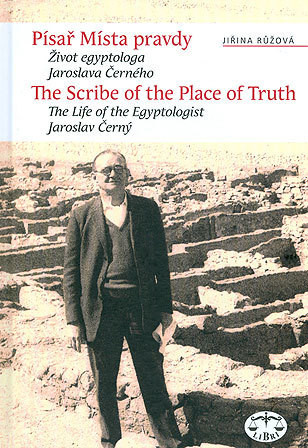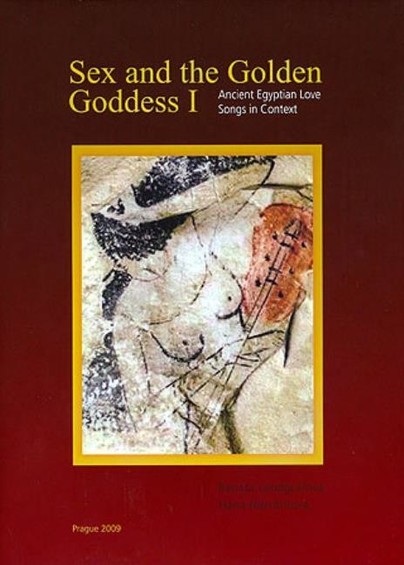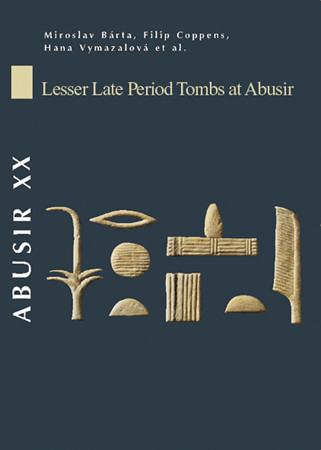The monograph is the first exhaustive publication of nine shelters with rock paintings documented by the Czechoslovak expedition in Lower Nubia in the scope of the UNESCO-organised salvage campaign in the 1960s. The presentation of each of the painted shelters includes description of the landscape setting and physical characteristics of the rock surfaces, analyses of the thematic, stylistic, syntactic, and technical aspects of the rock art, discussion of the spatial and temporal dynamics of the rock-art surface, and evaluation of the significance of the evidence. The final chapter offers some thought on the overall significance of the rock paintings from the Czechoslovak concession as one of the artistic and cultural expressions of the populations that inhabited Lower Nubia in different periods of the past and as historical documents about their past worlds and lives.
Lenka Suková graduated from the Faculty of Arts, Charles University in Prague in 2008. In 2003–2006, she was the Assistant Curator of the Department of Prehistory and Ancient History of the Near East and North Africa of the Náprstek Museum-National Museum in Prague. Since 2007, she has been working in the Czech Institute of Egyptology, Faculty of Arts, Charles University in Prague where she hs been engaged in research into the history and dynamics of occupation of Eastern Sahara during the Early and Middle Holocene. Since 2009, she is the director of the Institute’s interdisciplinary research project concerned with the prehistoric occupation of Jebel Sabaloka in the Sudan. She is a PhD candidate at the same institute, with a research project focused on the rock art of Northeast Africa in the context of landscape and archaeology.
